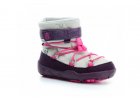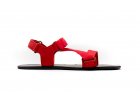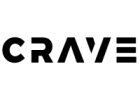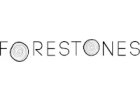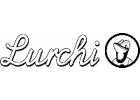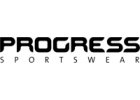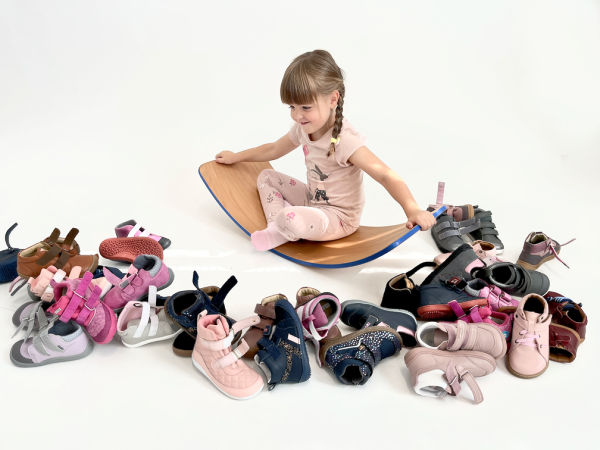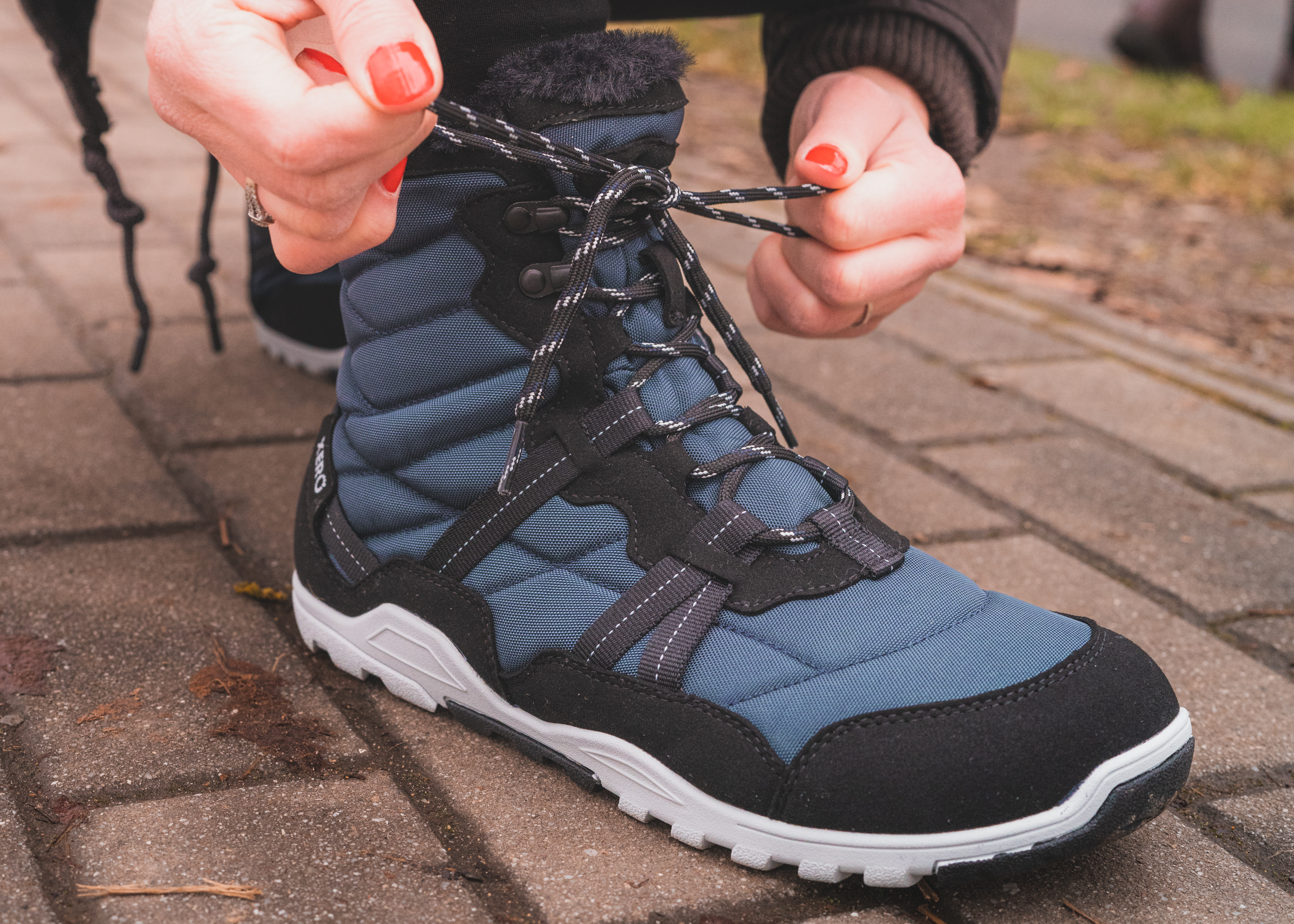In our comparative reviews we often work with different types of feet, so let's clarify which of them we recognize and which one is yours.
Content of the article
- Which foot parameters are important?
- Foot width
- Foot shape
- Tip shape
- Instep height
- Foot arches heights
Which foot parameters are important?
When choosing suitable footwear, we recommend focusing on the following:
- measure the length and width of the foot, you can then use these data (when taking into account the extra space) to filter the appropriate type of shoe for your foot shape
- compare whether your tip shape matches the toe box shape of the shoe so you have enough room to spread your toes
- for shoes that do not tighten/loosen well in the instep, better check the height of the instep
- if you choose higher shoes and have a wider ankle, check (in the product descriptions or through customer support) the ankle circumference
Foot width vs. foot length
By measuring your feet correctly before purchasing, you will reduce the likelihood of having to return shoes that don't fit. To measure the width and length, you can use stops, tracing on paper or a suitable measuring device. From our experience, we recommend precisely the stops. According to the dimensions, when choosing shoes, you can easily filter those that offer the foot enough space.
By comparing the width with the length of the foot, you can find out if you have a narrow, average or wide foot. For an overview, we have compiled a size chart. With a measured foot width about +/- 4 millimeters from average you still fit within this range. Smaller sizes can be considered a narrow foot, larger ones a wide one:
| Shoe size (EU) | Foot length (mm) | Average foot width (mm) |
| 16 | 94 | 47,0 |
| 17 | 100 | 50,0 |
| 18 | 107 | 53,5 |
| 19 | 114 | 55,6 |
| 20 | 120 | 57,1 |
| 21 | 127 | 57,7 |
| 22 | 134 | 58,3 |
| 23 | 140 | 60,1 |
| 24 | 147 | 62,6 |
| 25 | 154 | 64,7 |
| 26 | 160 | 66,7 |
| 27 | 167 | 69,0 |
| 28 | 174 | 71,3 |
| 29 | 180 | 73,5 |
| 30 | 187 | 76,0 |
| 31 | 193 | 78,1 |
| 32 | 200 | 80,6 |
| 33 | 207 | 83,1 |
| 34 | 213 | 84,9 |
| 35 | 220 | 87,3 |
| 36 | 227 | 89,7 |
| 37 | 233 | 91,4 |
| 38 | 240 | 93,0 |
| 39 | 247 | 94,6 |
| 40 | 253 | 96,2 |
| 41 | 260 | 97,7 |
| 42 | 267 | 100,0 |
| 43 | 273 | 101,9 |
| 44 | 280 | 104,1 |
| 45 | 287 | 106,3 |
| 46 | 293 | 108,1 |
| 47 | 300 | 110,3 |
Shoe sizes vary greatly in their measurements across manufacturers, so always compare your foot measurements to specific shoes (don't forget on extra space). Fortunately, we measure all shoes and you can find a verified size chart for each one.
FOR A NARROW FEET we generally recommend brands Ricosta, Affenzahn, Bobux;
FOR AVERAGE FEET are popular brands Froddo, Koel, Vivobarefoot;
Foot shape
In addition to the dimensions of the feet, their shape also plays a significant role. You can recognize it by looking at the feet vertically from above, or even better from below. For our purposes, we distinguish four shapes in particular:
- average feet - normal heel leads to normal front part
- narrow feet - a narrow heel with a narrow front part
- chubby feet - a wide heel with a wide front part
- fin shaped feet - a narrow/normal heel leads to a wide front part, a characteristic feature is the fan-like distribution of the toes
AVERAGE FEET fit into Froddo, Protetika, Crave;
FOR THIN FEET choose Ricosta, Affenzahn, Bobux;
For CHUBBY FEET there is enough space in Beda, 3F;
FIN SHAPED FEET are well covered by Vivobarefoot, Aylla, Baby Bare, Koel, Pegres BF.
Heel width
We distinguish the heel into narrow, average and wide. Although the foot should have enough free space in the toe box, it must hold firmly in the heel and ankle area. On the other hand, the heel should not push the walls of the shoe outwards, if it does, rather choose shoes for a wider heel. Such for example Beda (non-tapered cut). For thinner heels are suitable Aylla, Baby Bare, Ricosta, Froddo.
Tip shape
The shape of the tip is shown by the length of the individual fingers. The designation according to ancient civilizations is based on the theory that ancestors in different territories possessed a characteristic distribution of fingers, which was passed down through heredity.

(Image source: Sports and Structural Podiatry)
You don't need to remember ten types of tip shape. In the context of barefoot footwear, we most often mention descending toes (Egyptian), straight toes (Roman) and dominant big toe (German/Mongolian). According to the arrangement of the toes, look for shoes that match your needs with their shape of the toe box.
Suitable for DESCENDING TOES are D.D.Step 063, Froddo, Jonap;
Spread your STRAIGHT TOES into Beda, Baby Bare, Koel;
DOMINANT BIG TOE has enough space in Froddo, Fare, Beda, Baby Bare, Pegres BF.
Instep height

(Image source: Analysis of 1.2 million foot scans from North America, Europe and Asia)
As shown in the previous illustration, we measure the height of the instep from the ground about half the length of the foot (closer to the toe). We distinguish low, average and high insteps from each other, but it is often difficult to recognize them just by looking. Therefore, we recommend reaching for a tailor's tape measure (or a string with a ruler) and measuring the height of the instep according to these instructions:
- Stand up straight with your feet together
- Across the instep, use a tailor's tape measure to make an arc that goes from the floor, over the top of the instep, and back to the floor
- Divide the measured value by the length of your foot and evaluate the resulting coefficient:
- low instep - coefficient less than 0.7
- average instep - coefficient between 0.71 and 0.78
- high instep - coefficient more than 0.79
While you can easily measure the height of the instep on the foot, it is more difficult to measure it inside the shoe, which is why instead of exact millimeters, we only divide the instep into the mentioned three orientation categories.
For a LOW INSTEP try it Froddo, Koel, Pegres BF, Fare;
HIGH INSTEP will fit in Beda (high top shoes), D.D.Step, Protetika.
Foot arch height
On the subject of foot arches, we recommend reading a separate article in which you will learn how to identify its type. A low arch means collapse of the arch and the emergence of flat feet, a medium arch represents the optimal and healthy position, while a high arch again brings its non-functionality.

(Image source: Gotham Footcare)
If the position of the foot in the shoe is not straight, firmer shoes in the heel keep the foot in an ideal position, for example Ef or Beda (with reinforced heel counter); on the other hand, soft heel will bring maximum freedom for healthy feet, try Vivobarefoot, Ricosta, Beda (without reinforced heel counter), Baby Bare, D.D.Step.
In order to strengthen the arch and ensure that it works properly, we recommend that children and adults should wear barefoot shoes. You can easily find the most suitable ones for your feet by filtering the parameters. If you need advice on anything else, we are available to you on our customer line.









